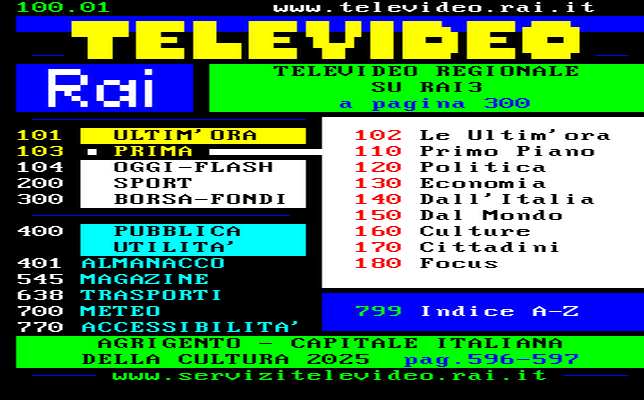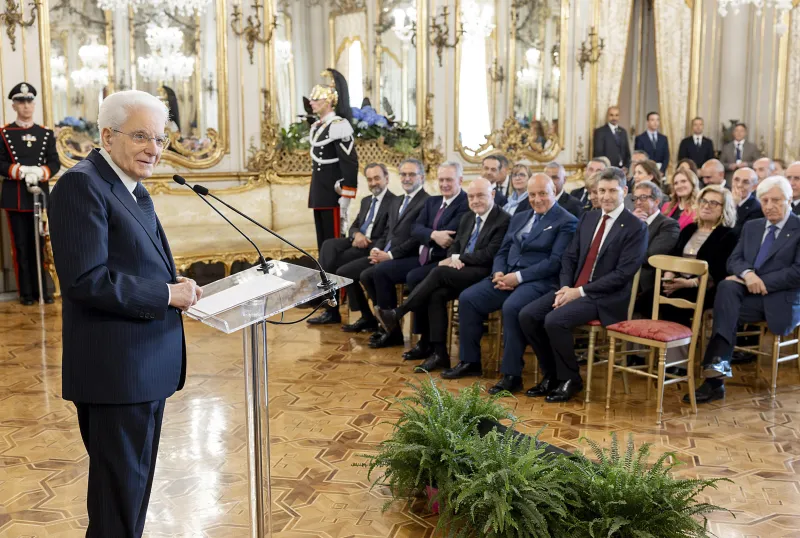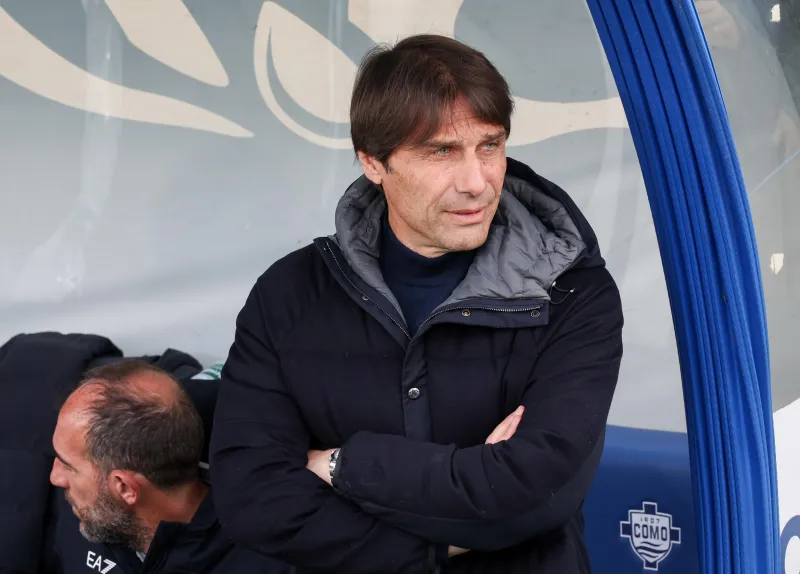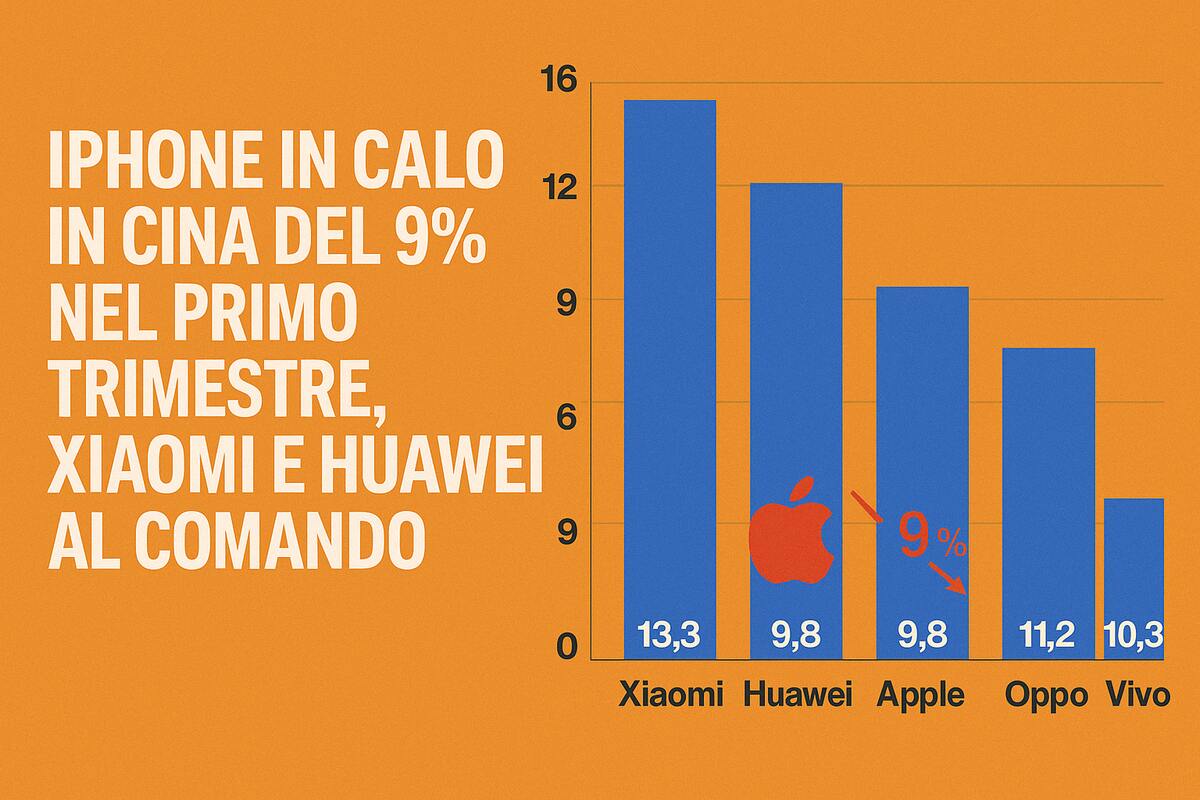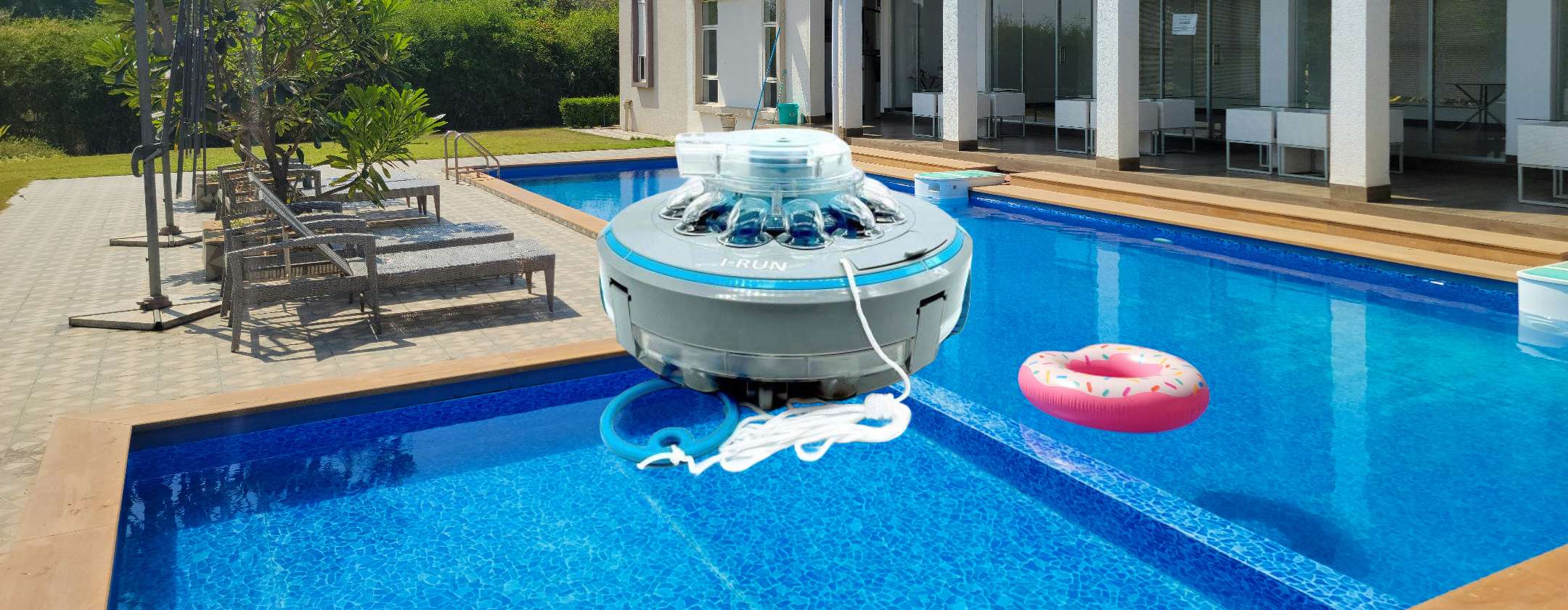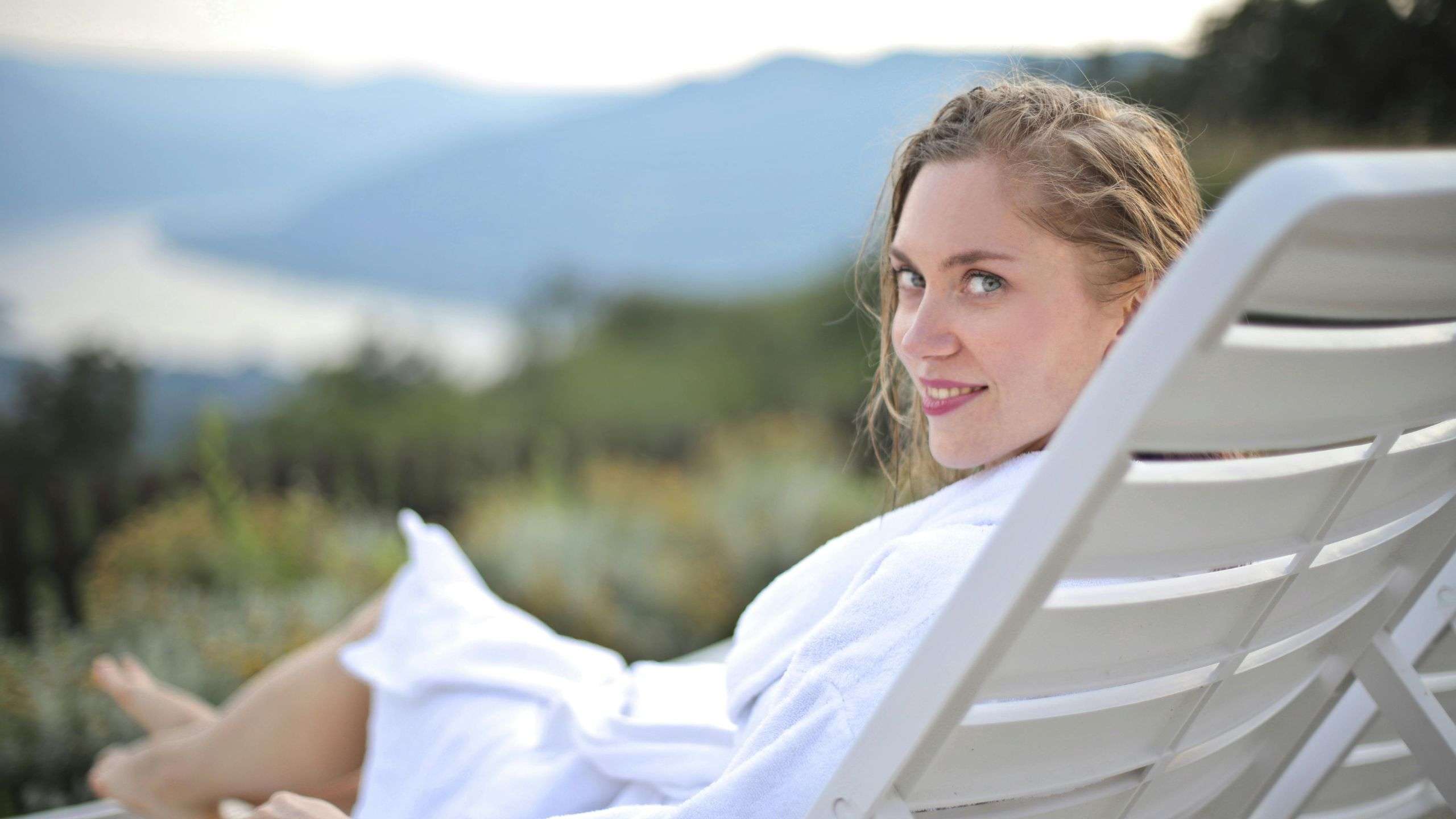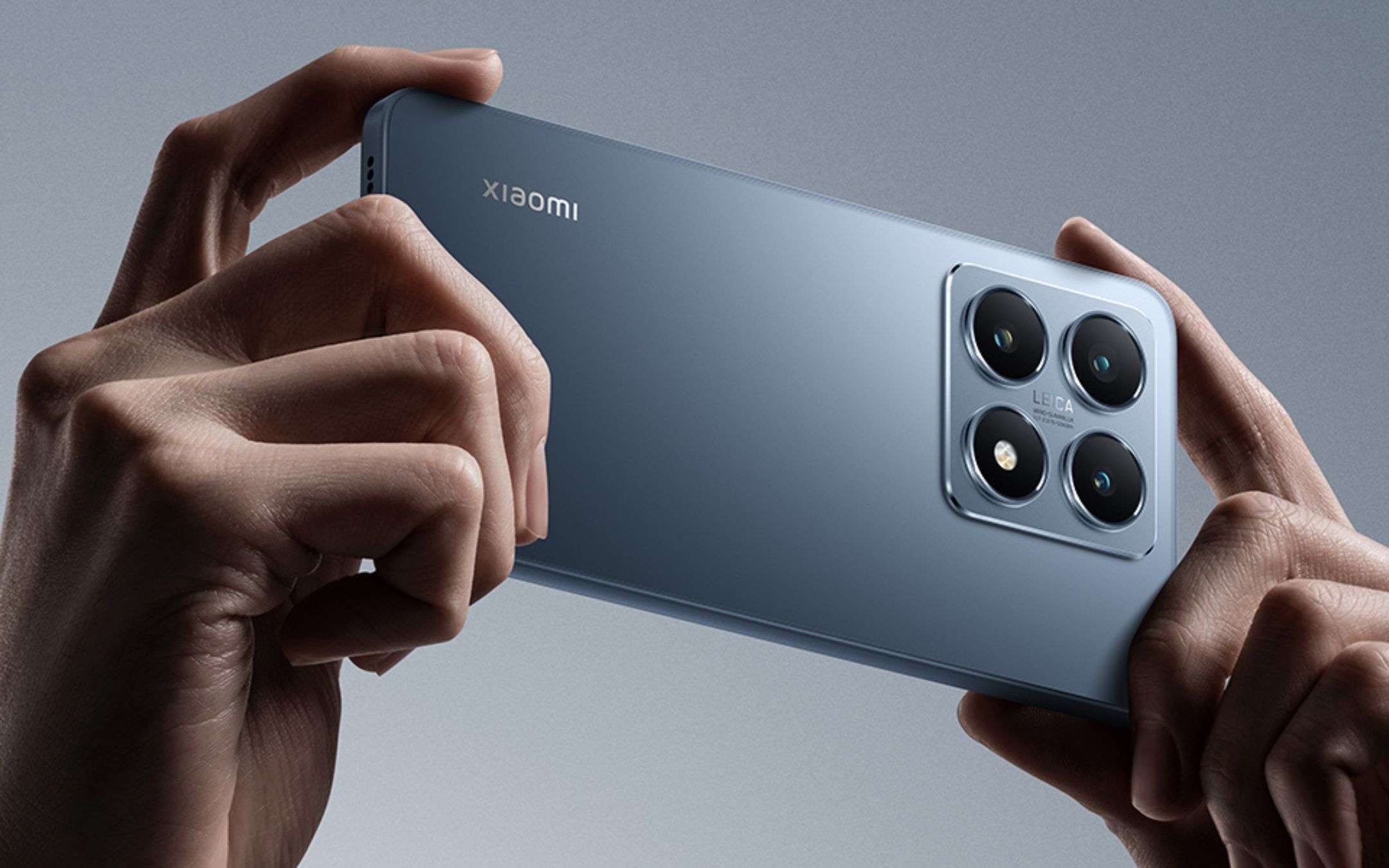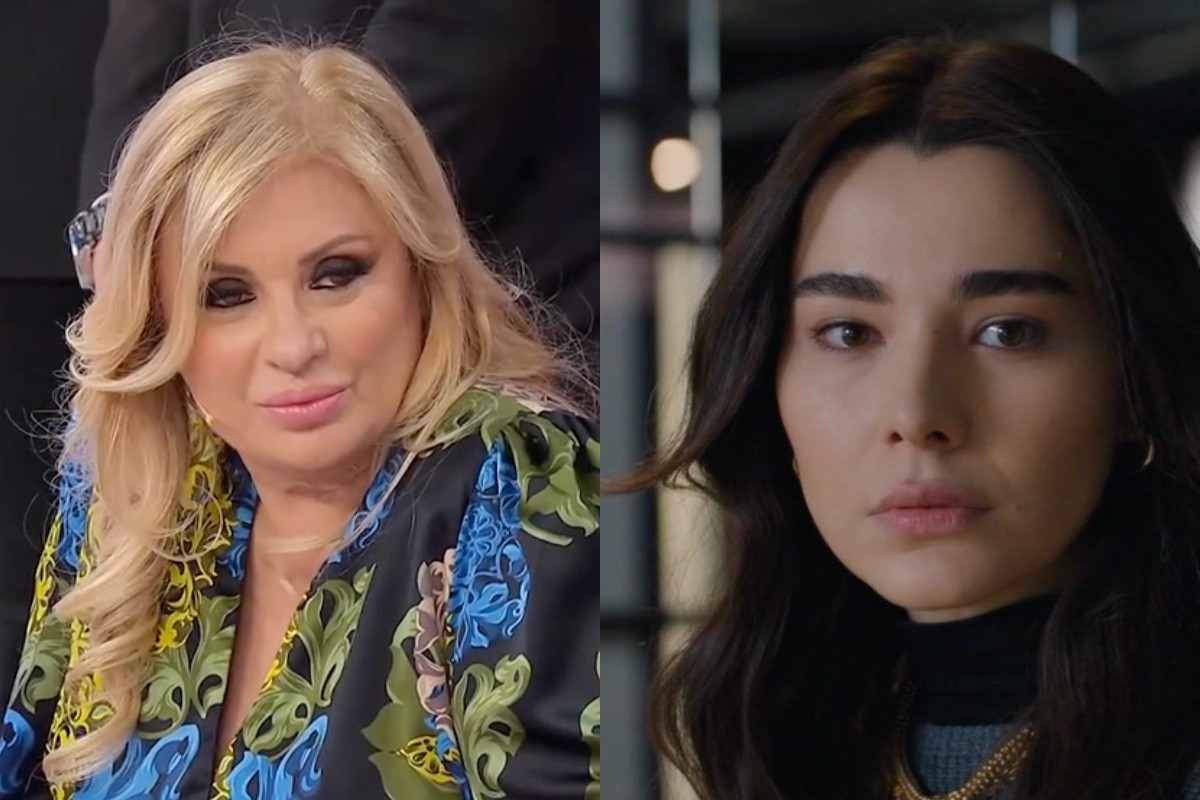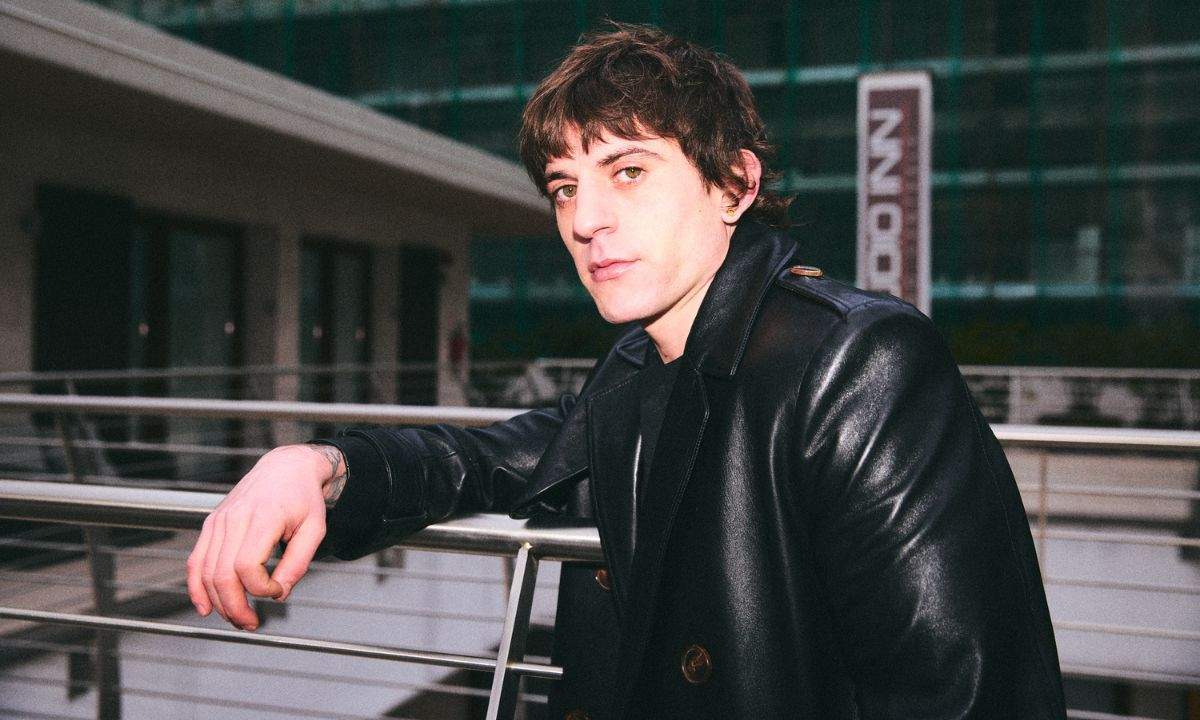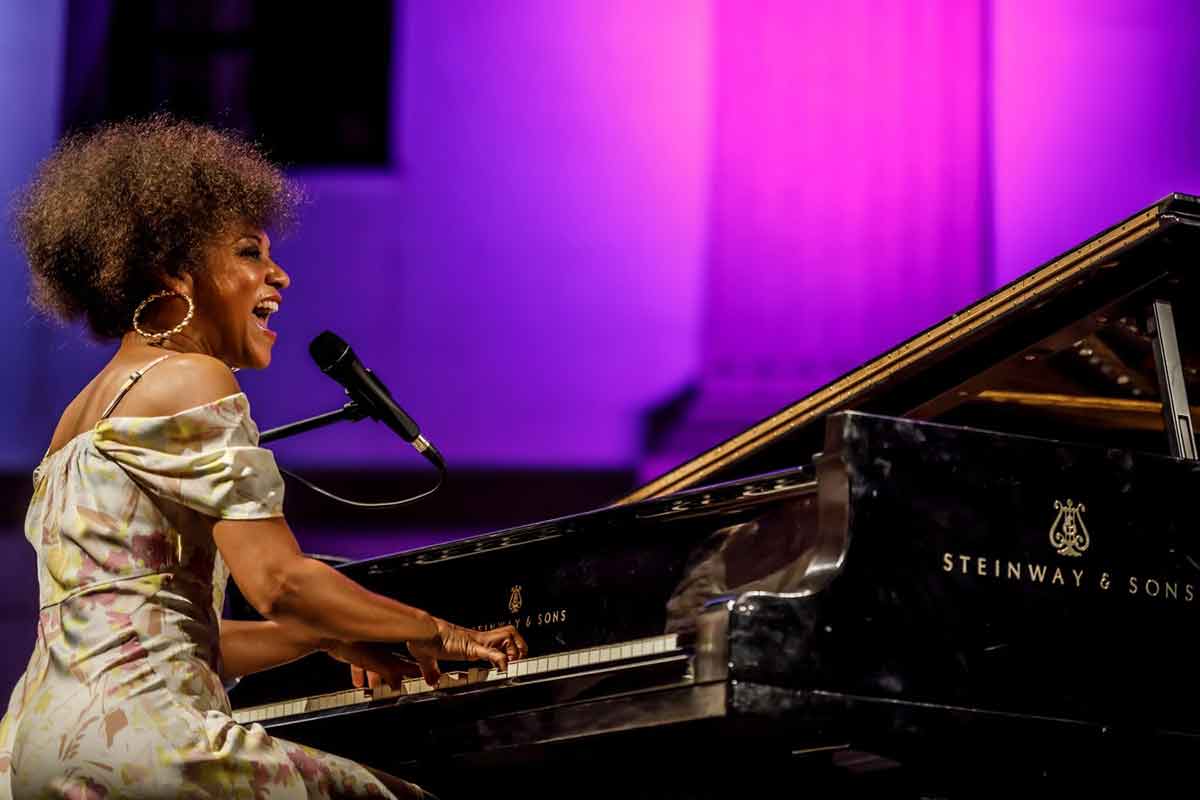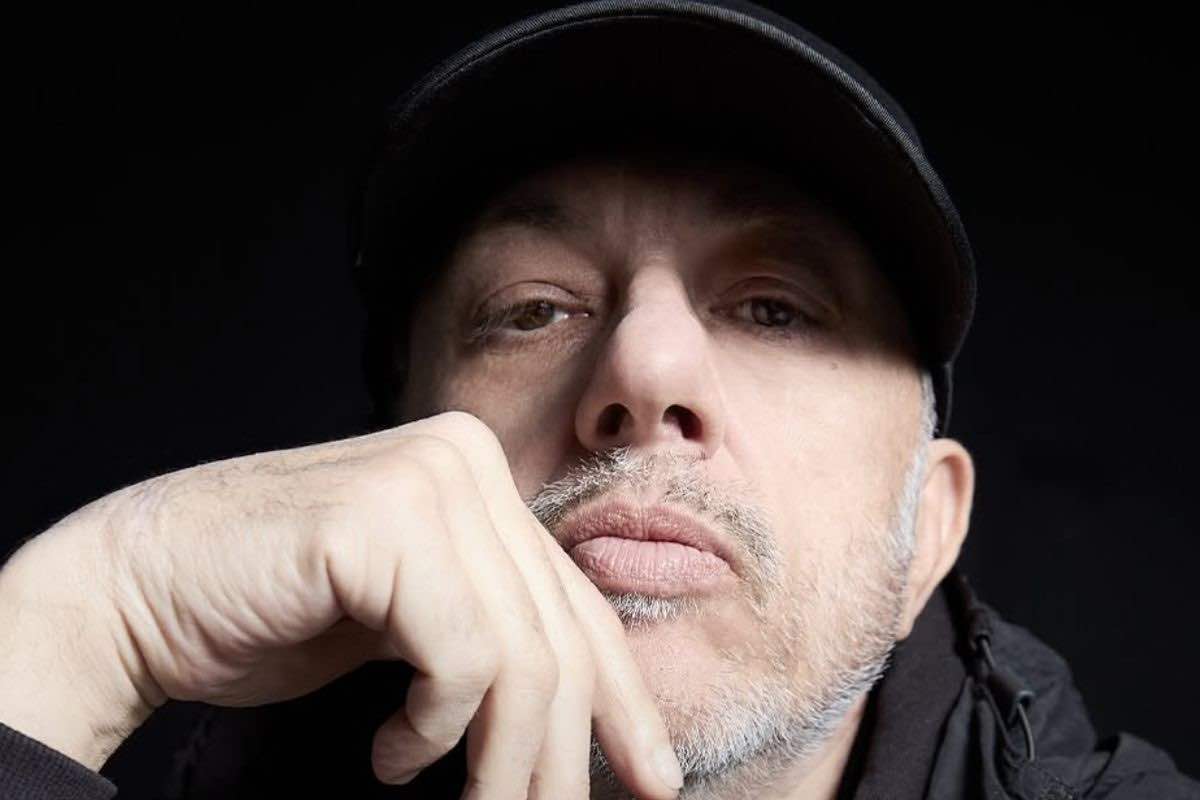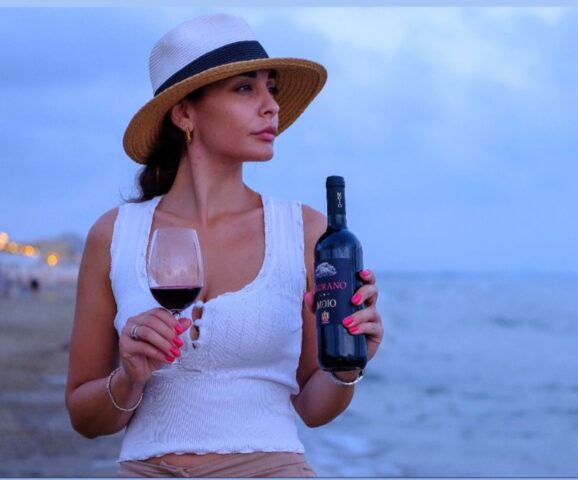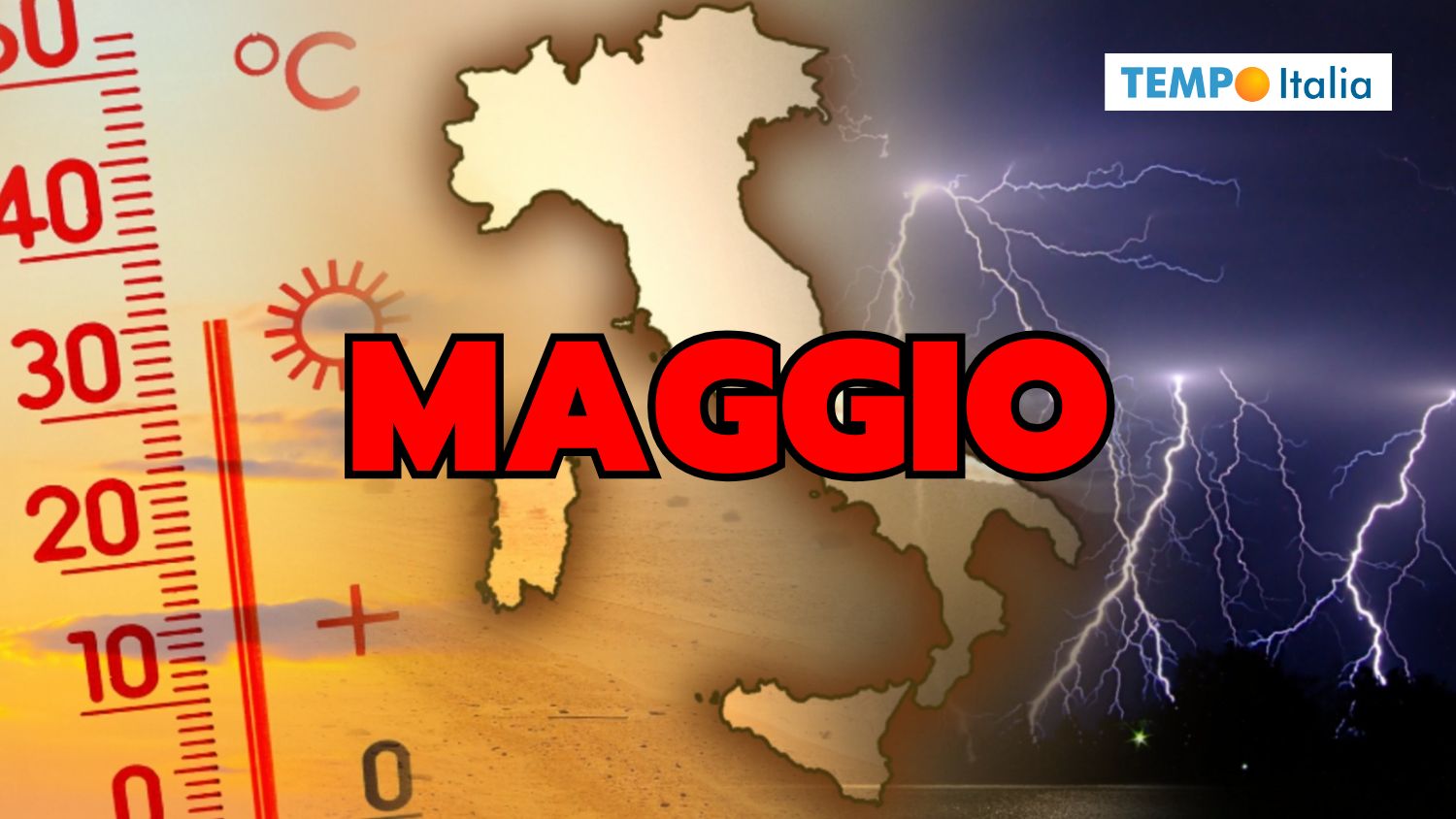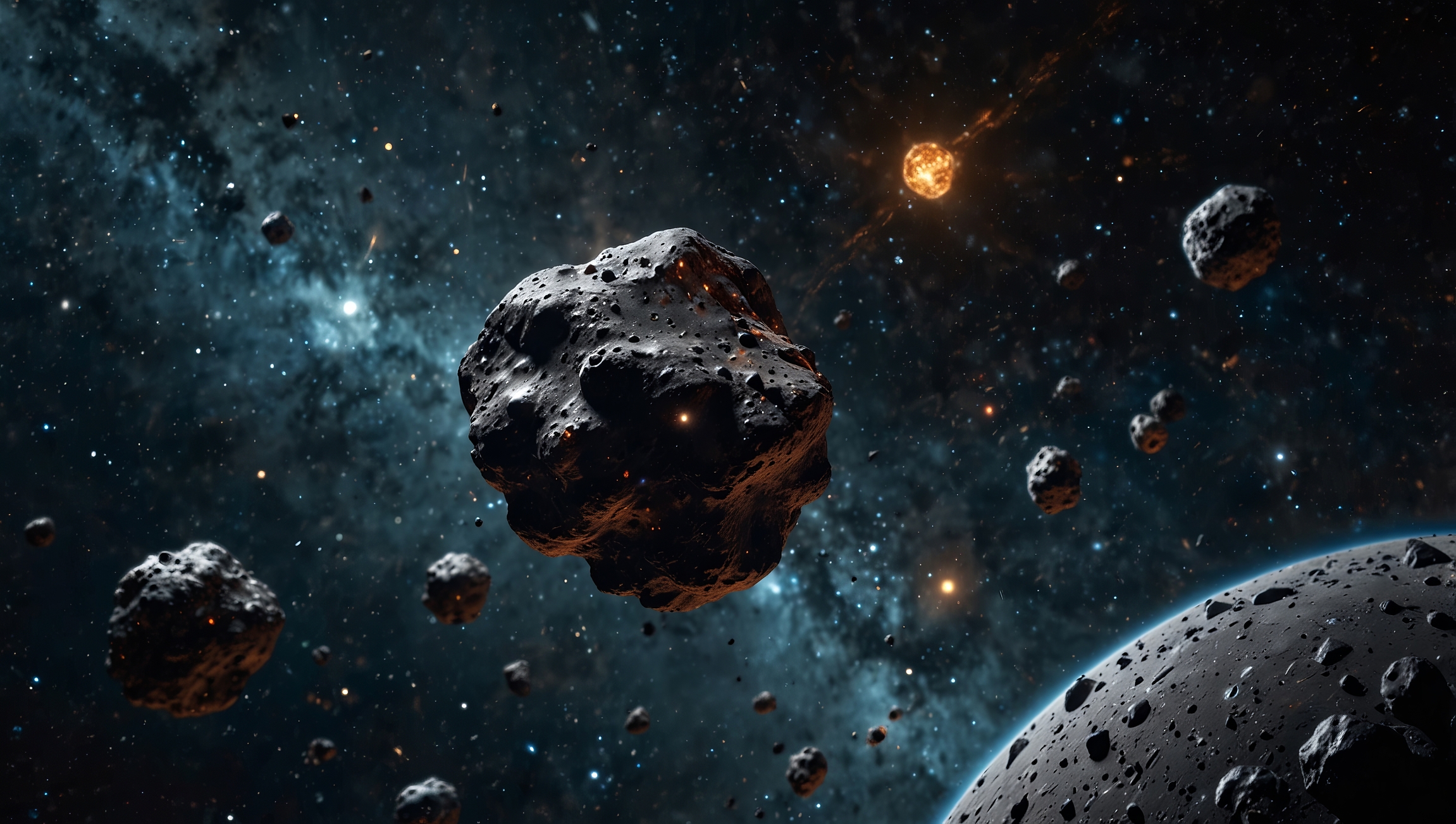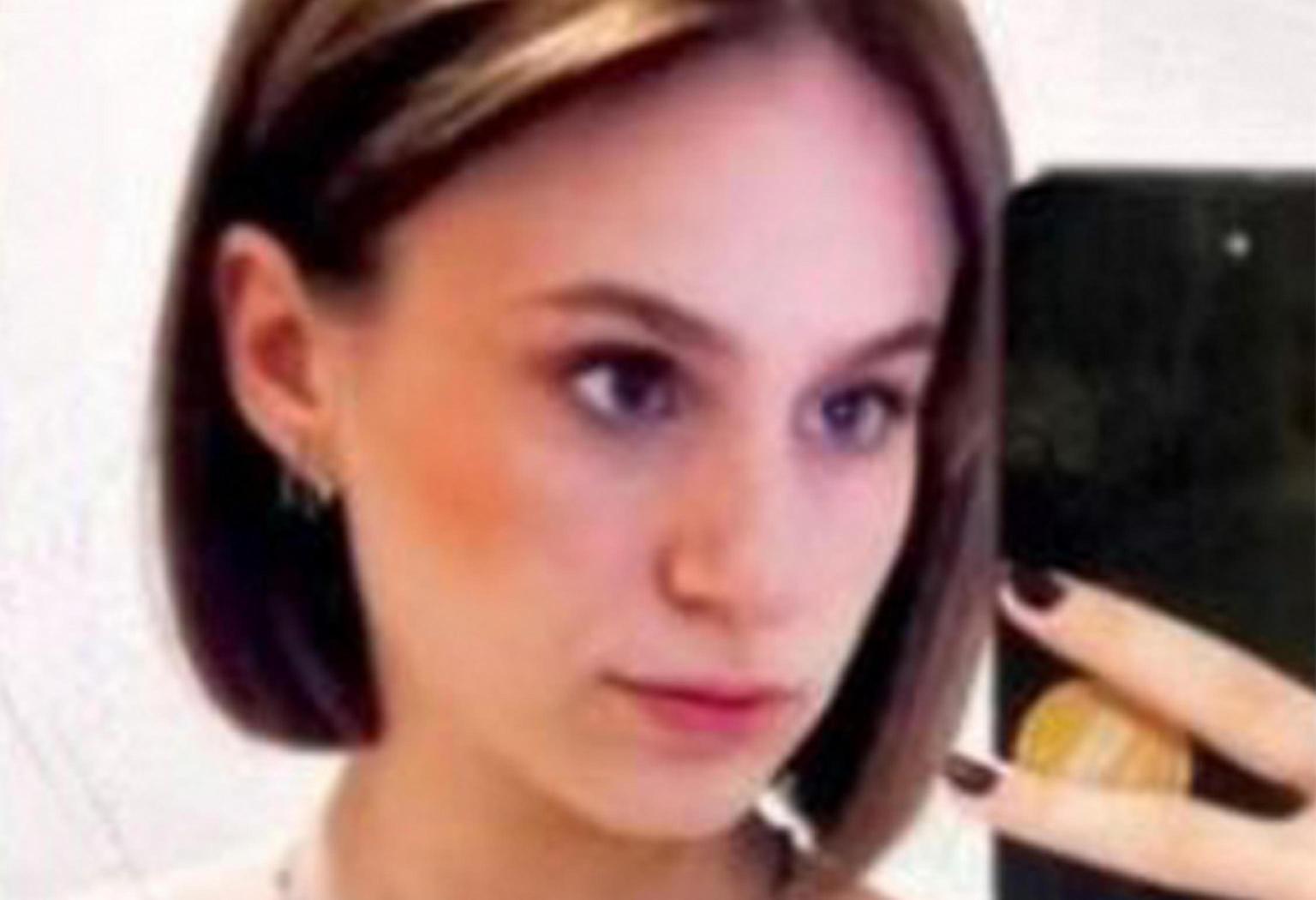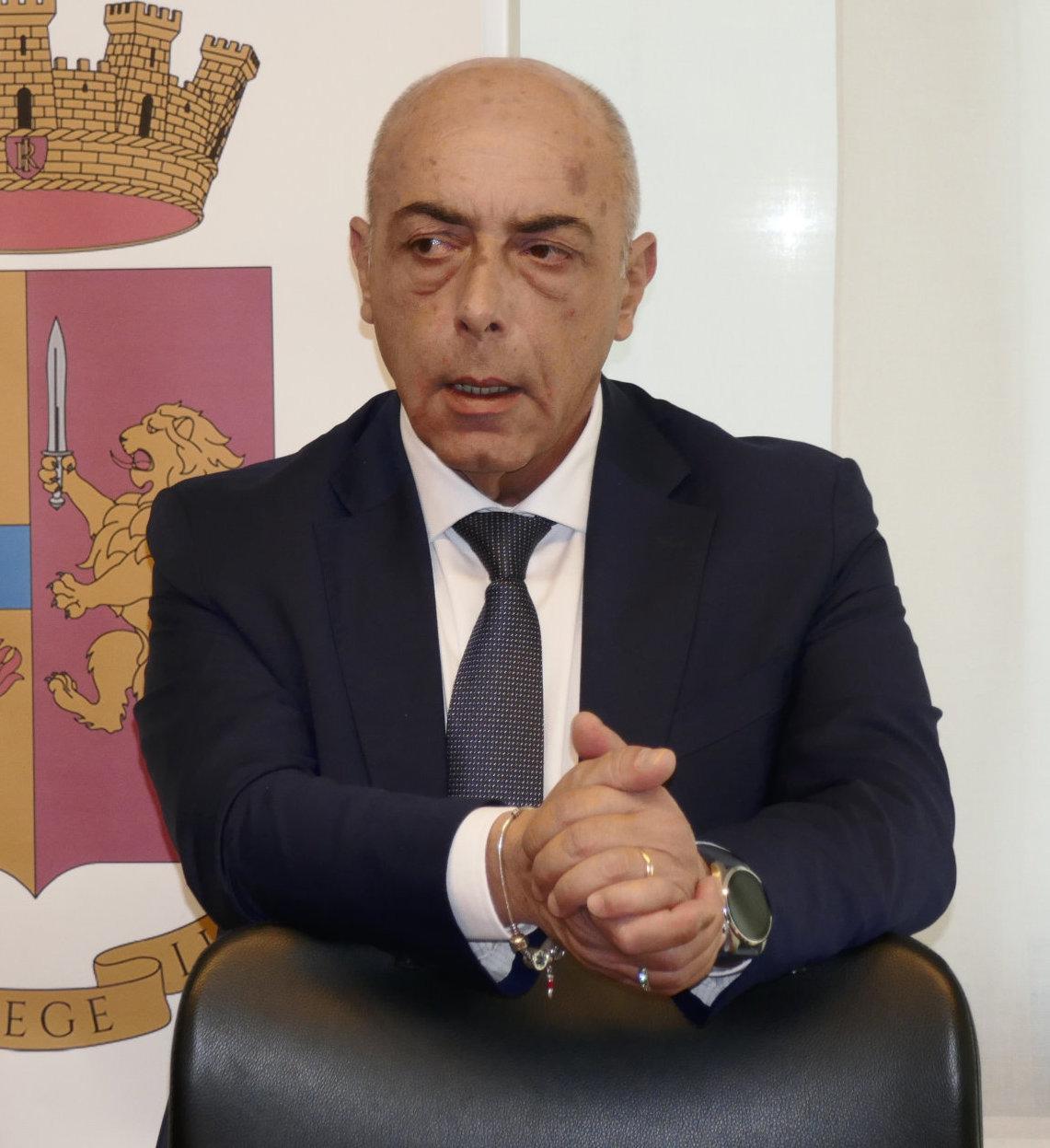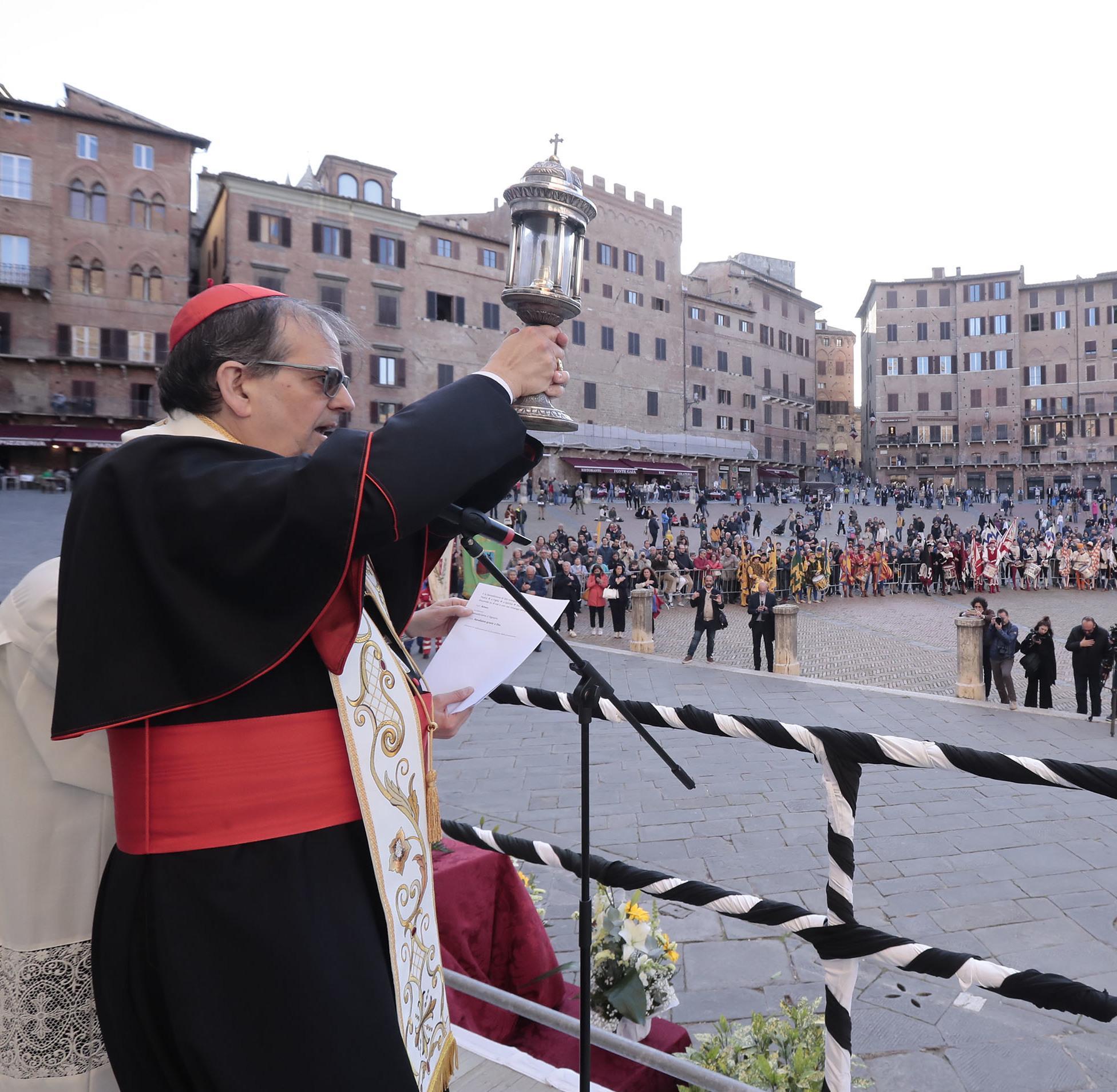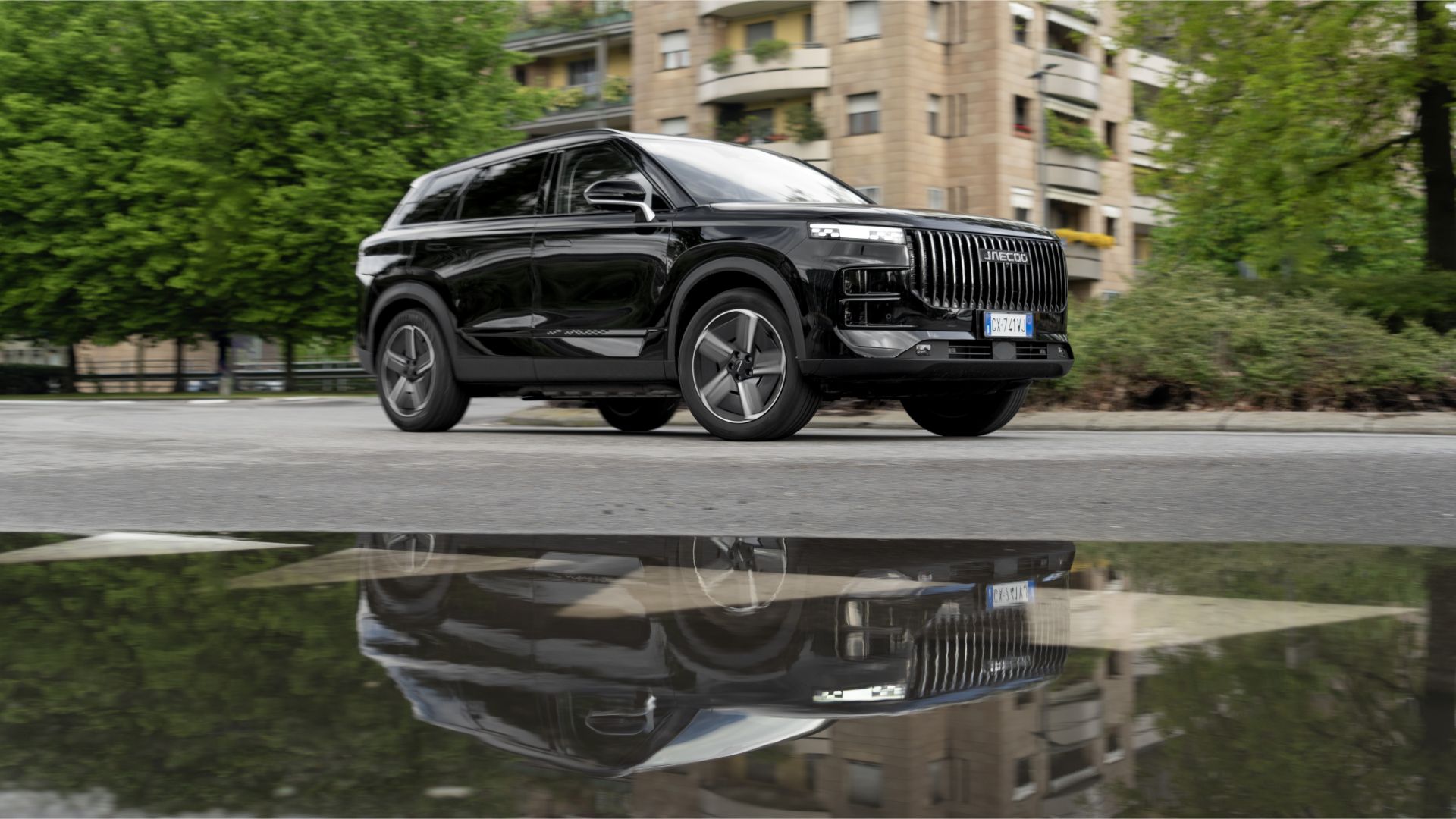Rave Child è pronto a giocare
Il Portogallo non è certo la scena più rumorosa d’Europa: passa spesso sottotraccia, anche quando sforna dischi e progetti di altissimo livello, gemme rare per chi ha la pazienza (e l’orecchio) per prestare attenzione. Una di queste è Rave Child, nuovo alias di Alfonsvs, produttore e cofondatore del collettivo Kokölò, che qui si concede uno… The post Rave Child è pronto a giocare appeared first on Soundwall.

Il Portogallo non è certo la scena più rumorosa d’Europa: passa spesso sottotraccia, anche quando sforna dischi e progetti di altissimo livello, gemme rare per chi ha la pazienza (e l’orecchio) per prestare attenzione. Una di queste è Rave Child, nuovo alias di Alfonsvs, produttore e cofondatore del collettivo Kokölò, che qui si concede uno spazio più fragile, giocoso e spudoratamente personale.
Lo abbiamo intervistato in occasione dell’uscita di “I Got U” che omaggia i ’90s senza cadere nel revival, arricchito da un remix firmato Zombies in Miami. Ne è venuta fuori una conversazione semplice e sincera: come la scena portoghese, come le tracce dell’EP. Pochi fronzoli, tanta sostanza.
(ENGLISH VERSION BELOW)
Alfonsvs presents Rave Child – I Got U EP by Alfonsvs presents Rave Child
Con questo disco hai lanciato il tuo nuovo alias, Rave Child. Cosa ti ha spinto a creare questa nuova identità e in che modo Rave Child si differenzia da Alfonsvs?
Rave Child è l’espressione creativa del mio lato più fragile. È il luogo in cui mi esprimo come se fossi ancora un bambino, che scopre la musica elettronica per la prima volta. Cerco di creare melodie espressive: a volte felici, a volte malinconiche. Poi ci sono elementi più spinti e massimalisti, come le batterie, compresse e distorte. Non è che non usi queste tecniche anche come Alfonsvs, ma quando produco so perfettamente se un brano è da Rave Child, da Alfonsvs o da un altro alias che rivelerò quest’anno. Avere alias diversi mi aiuta a rimanere coerente con me stesso e a mettere da parte le paure su cosa si dovrebbe o non si dovrebbe pubblicare per farlo rientrare in un determinato progetto. Faccio musica per esprimermi, per il puro piacere di farla, e in questo modo mi sento davvero libero di fare ciò che voglio.
La tua musica fonde elementi nostalgici con tecniche di produzione più “contemporanee”. Come riesci a bilanciare il rispetto per i classici con l’esigenza di innovare?
Ho iniziato a fare musica nel 2011, imparando da solo, guardando video su YouTube. Sono sempre stato attratto da suoni caldi e senza tempo, da tracce che trascendono la funzionalità. Voglio sentire qualcosa nella musica che produco, e Rave Child mi è sembrato l’alias perfetto per far sbocciare questo lato nostalgico. Per quanto riguarda l’innovazione, non ci penso troppo. Ci sono tantissimi artisti che ammiro per la loro capacità di farlo. Io voglio semplicemente esprimermi nel modo più onesto possibile!

Produci musica da diversi anni e questo sembra un momento importante nella tua carriera. Come si è evoluto il tuo approccio dai primi brani a oggi?
Si è evoluto tantissimo, è stato un percorso fatto di prove ed errori. Venendo da una piccola città con pochi appassionati di musica elettronica, internet era spesso la mia unica fonte di ispirazione. Ricordo che all’inizio non avevo quasi mai un’idea chiara in mente: provavo a mettere insieme dei suoni che mi sembravano giusti, poi sviluppavo le melodie. Sapevo solo che volevo fare musica e volevo che suonasse “come me”. Oggi invece, nella maggior parte dei casi, inizio un progetto con un’idea precisa e vado dritto verso un obiettivo. Il tempo è poco perché devo bilanciare anche un lavoro full time, quindi devo spremere al massimo il pochi momenti liberi che ho.
L’EP rende omaggio ai suoni classici della fine degli anni ’90. Quali artisti o tracce di quell’epoca hanno avuto il maggiore impatto sulla tua identità musicale?
“Higher State of Consciousness” di Josh Wink è stata la traccia che ha acceso la scintilla. Quando gliel’ho sentita suonare dal vivo sono rimasto completamente folgorato. Ma anche dischi come “Camargue” di CJ Bolland, “Energy Flash” di Joey Beltram e il suo alias Code 6, o artisti come Laurent Garnier, Ludovic Navarre e i suoi progetti paralleli, altri più Tech House come Pure Science, Jay Tripwire… ci sono tantissimi artisti dei ’90 che mi hanno influenzato, hai colto benissimo il riferimento a quell’epoca!
Hai scelto di collaborare con Zombies in Miami per un remix in questo EP. Cosa ti ha attratto del loro suono e come pensi che il loro “Latino Dream Remix” abbia trasformato l’originale?
Nel 2024 ho sentito la loro traccia “The Rhythm” e sono rimasto colpito dall’evoluzione del loro suono, meno melodico e più ritmico. Ho suonato un sacco quell’EP! Poi per qualche motivo ci siamo scritti su Instagram dopo che Adriana (Ruas) ci ha messi in contatto, e ho finito per mandargli un sacco di musica. Stavo già lavorando all’EP “I Got U” e sentivo che mancava un brano più energico, più ritmico, così gli ho chiesto se gli andava di fare un remix. Il risultato è quello che si può ascoltare ora; a me piace tantissimo!
Leggevo che l’artwork di David Duarte esplora temi di connessione e unità. Quanto è importante per te l’identità visiva della tua musica e come collabori con gli artisti visivi per estendere la tua narrazione musicale?
Lavoro con David dalla prima release su Kokölò. Mi piace dare agli artisti visivi la libertà di creare il loro mondo unico, e David ha davvero modellato l’identità visiva sia per Kokölò che per Rave Child. Di solito gli mando solo il titolo dell’EP, le tracce e gli dico cosa significano per me. Di solito poi lui mi manda una bozza ed è quasi sempre perfetta.
A Porto sembra si stia sviluppando una scena elettronica sempre più interessante. Quanto ha influenzato il tuo percorso artistico vivere lì?
Penso che Porto abbia un potenziale molto più grande. I promoter non rischiano molto né danno tante opportunità ai locali per sviluppare un proprio suono. Anche i locali scarseggiano. Non è facile organizzare una buona festa. Spero che in futuro ci saranno più collaborazioni tra collettivi. Con Kokölò continuerò a dare spazio agli emergenti, come altri hanno fatto per me tanti anni fa. Mi fa molto piacere quando vedo artisti più giovani a cui ho dato la prima opportunità chiamati nei club più importanti. Sento di aver compiuto la mia missione. Per quanto riguarda l’influenza su di me, credo che l’impronta di Porto la si senta soprattutto nel mio gusto per elementi più diretti, più d’impatto. A Porto è sempre girata molto Techno rispetto a Lisbona nei 2010s. A Lisbona mi ci sono trasferito poi per l’università e quella parentesi mi ha aperto le orecchie a una gamma di suoni molto più ampia.
Guardando avanti, cosa possiamo aspettarci da Alfonsvs / Rave Child nei prossimi mesi? Ci sono direzioni particolari che sei entusiasta di esplorare?
Ci sarà un nuovo alias in arrivo, più in linea con quello che suono ultimamente. Musica più orientata al dancefloor, con una forte impronta House. Per quanto riguarda Alfonsvs, sta per uscire una bella release techno, mentre per Rave Child ci sarà da aspettare ancora un po’.

You’ve just revealed Rave Child as your new alias. What inspired the creation of this new identity, and what does Rave Child express differently from Alfonsvs?
Rave Child is the creative output of my most fragile self. It’s where I express myself as if I was still a child, exploring electronic music for the first time. I try to create melodies that are quite expressive, either happy or moody, and using maximal elements, such as compressed and distorted drums. It’s not that I don’t use some of those techniques as Alfonsvs but when I produce music I know when it’s a Rave Child track, or Alfonsvs, or another alias that I’m going to reveal later this year. Having different aliases helps me be coherent with myself, and put aside any fears on if I should or should not release something for not aligning with this or that project. I make music to express myself and for the fun of making it, and this way I feel free to do anything I feel like doing.
Your music seems to merge nostalgic elements with contemporary production techniques. How do you approach balancing reverence for classic sounds with pushing your music forward?
I started making music back in 2011, learning by myself watching YouTube videos in my room. I’ve always been into timeless warm sounds, and tracks that transcend functionality. I want to feel something in the music I produce, and Rave Child seemed like the perfect alias to allow a more nostalgic side of mine to blossom. Regarding pushing my music forward, I don’t think too much about that. There are plenty of artists who I admire for doing it. In my case I just want to express myself in the most honest way possible!
You’ve been releasing music for several years now, but this feels like a significant moment in your career. How has your approach to production evolved since your early releases?
It evolved quite a lot: it’s been a trial and error kind of journey. Coming from a small city with not so many electronic music enthusiasts, most of the time the internet was my only influence. When I was starting out, most of the times when working on a track I didn’t have an idea in mind. I would try to put some sounds together that felt right to me and then develop melodies. I just knew that I wanted to make music that sounded like me. Today, most of the time I start a project already with an idea in mind, with a well defined goal. Time is also limited as I have a full-time job, so I need to squeeze the most out of the little time I have available.

The EP pays homage to classic sounds of the late ’90s. Which artists or tracks from that era have had the most profound impact on your musical identity?
Josh Wink’s “Higher State of Consciousness” was the track that started it all for me. I mean when I heard him playing it live in front of me I was totally blown away. Also tracks like “Camargue” from CJ Bolland, “Energy Flash” by Joey Beltram and his Code 6 alias too, Laurent Garnier, Ludovic Navarre and his aliases, tech-house guys like Pure Science, Jay Tripwire, and so many others from the 90s are definitely a big influence. You definitely picked up the 90s influence!
You’ve chosen to collaborate with Zombies in Miami for a remix on this EP. What drew you to their sound, and how do you feel their “Latino Dream Remix” transformed the original?
In 2024 I heard their track “The Rhythm” and was hooked to their newer side: less melodic, more rhythmic. I played that EP a lot! For some reason we ended up exchanging some messages on Instagram after Adriana (Ruas) introduced us and I started sending them loads of music. I was already working on the “I Got U” EP and I felt it needed a track that was more driving and rhythmic, so I asked them if they would be up for a remix. The result is what you can hear now in the EP. I love it!
The artwork by David Duarte explores themes of connection and unity. How important is visual identity to your music, and how closely do you work with visual artists to extend your musical narrative?
I’ve worked with David from the very first release of Kokölò. I love to give visual artists the freedom to create their unique world, and David really did it well for Kokölò and the Rave Child alias. I usually start by giving him access to the music, tell him the name of the EP, and what the tracks mean to me. He then sends me a draft and it’s usually just right.
Porto seems to be developing a vibrant electronic music scene. How has being based there influenced your artistic evolution?
I think Porto has potential for doing so much more. Promoters are not really taking risks or giving a platform for the locals to develop their sound. Venues are also quite scarce in Porto. It’s not easy to throw a good party. My hope for the future is for collectives to collaborate more. At Kokölò I’ll keep giving opportunities for newcomers to enter the scene as others in the past have done with me. I feel quite proud and fulfilled when I see younger artists I gave their first platform to being booked by the bigger clubs. It feels like a mission accomplished! Regarding the influence it had on my artistic evolution, I can definitely hear it in my taste for more “in-your-face” elements. Porto was heavily influenced by techno, way more than Lisbon in the 2010’s. However, moving to Lisbon for university really opened me up to a broader range of sounds, and I’m glad I made that move back then.
Looking ahead, what can we expect from Alfonsvs / Rave Child in the coming months? Are there any particular directions you’re excited to explore?
I’ve got a new alias coming soon, more in line with what I’ve been playing lately: dancefloor-focused music with a strong emphasis on House. As for Alfonsvs, there’s a solid techno release on the way. And for Rave Child… you’ll just have to wait a little longer!
The post Rave Child è pronto a giocare appeared first on Soundwall.
